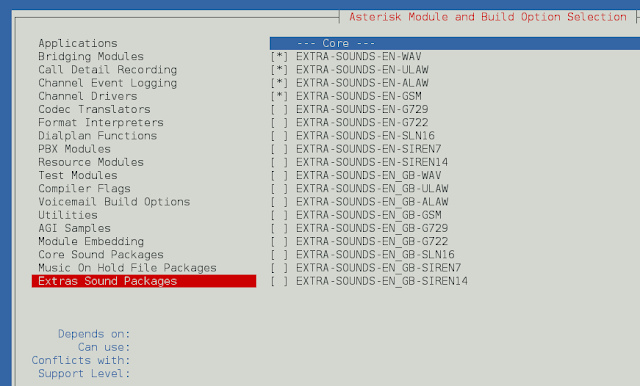BlueprintJS is a React-based UI toolkit for the web. This library is very optimized and popular for building interfaces that are complex data-dense for desktop applications. OverflowList Component provides a way for users to accept the generic list of items, and then it renders as many items as can fit inside itself. We can use the following approach in ReactJS to use the ReactJS Blueprint OverflowList Component.
OverflowList Props:
- alwaysRenderOverflow: It is used to indicate whether to force the overflowRenderer to always be called, even if there are zero items overflowing.
- className: It is used to denote a space-delimited list of class names to pass along to a child element.
- collapseFrom: It is used to denote which direction the items should collapse from i.e start or end of the children.
- items: It is used to pass the item, and all items are displayed in the list, and items that do not fit in the container will be rendered in the overflow instead.
- minVisibleItems: It is used to denote the minimum number of visible items that should never collapse into the overflow menu, regardless of DOM dimensions.
- observeParents: All parent DOM elements of the container will also be observed if this is set to true.
- onOverflow: It is a callback function that is triggered when the overflowed items change.
- overflowRenderer: It is a callback function that is triggered to render the overflowed items.
- style: It is used to denote the CSS properties to apply to the root element.
- tagName: It is used to denote the HTML tag name for the container element.
- visibleItemRenderer: It is a callback function that is triggered to render each visible item.
Creating React Application And Installing Module:
-
Step 1: Create a React application using the following command:
npx create-react-app foldername
-
Step 2: After creating your project folder i.e. foldername, move to it using the following command:
cd foldername
-
Step 3: After creating the ReactJS application, Install the required module using the following command:
npm install @blueprintjs/core
Project Structure: It will look like the following.

Project Structure
Example: Now write down the following code in the App.js file. Here, App is our default component where we have written our code.
App.js
import React from 'react'import '@blueprintjs/core/lib/css/blueprint.css'; import { Breadcrumbs as OverflowList } from "@blueprintjs/core"; function App() { // Sample OverflowList items const sampleItems = [ { href: "/document", icon: "folder-close", text: "Document" }, { href: "/document/profile", icon: "user", text: "Profile" }, { icon: "document", text: "Username1.jpg" }, { icon: "document", text: "Username2.jpg" }, { icon: "document", text: "Username3.jpg" }, { icon: "document", text: "Username4.jpg" }, { icon: "document", text: "Username5.jpg" }, ]; return ( <div style={{ display: 'block', width: 400, padding: 30 }}> <h4>ReactJS Blueprint OverflowList Component</h4> <OverflowList items={sampleItems} overflowListProps={false} /> </div > ); } export default App; |
Step to Run Application: Run the application using the following command from the root directory of the project:
npm start
Output: Now open your browser and go to http://localhost:3000/, you will see the following output:
Reference: https://blueprintjs.com/docs/#core/components/overflow-list





